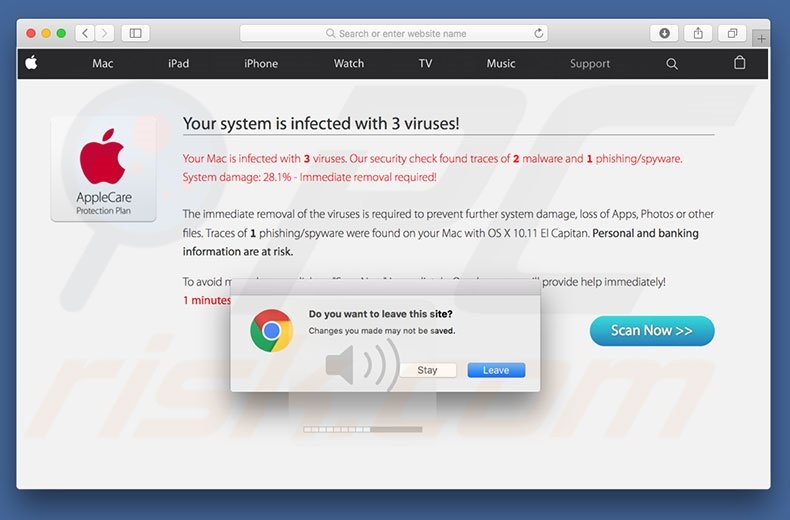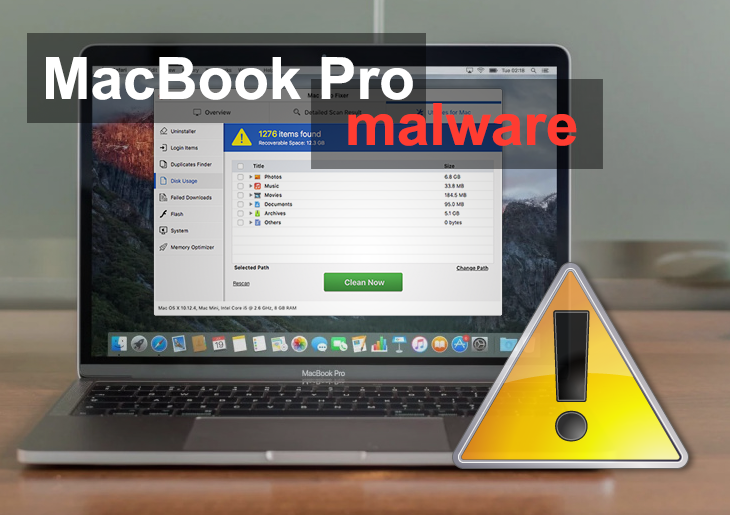

Make sure you remove hidden files, too - check out the detailed guide to the deletion of app leftovers.įor tighter security, restrict the sources of software allowed to be installed on your Mac.įollow Apple’s recommendations for more details. Scroll through the list of apps deleting any you don’t recognize.Open Finder and go to the Applications folder.Here’s how to see if your Mac has a virus: If you don’t remember installing an app or haven’t used it for a while, it probably shouldn’t be there. Malware often creeps into your system along with legitimate software. But what if you don’t have one? Or maybe you want to embrace the hands-on approach to malware detection and removal? In either case, the following advice will do the trick. How to check if your Mac has a virus with built-in toolsĪ good antivirus should offer you the simplest way to detect malware on Mac. Select the detected malware and click Delete.


Of course, none of the proceeds go to your pocket. While not too dangerous, this type of malware generates profits from ad clicks.

This is a sign your browser has been hijacked and is directing you to malicious third-party sites. Your browser has a new homepage or extensions you haven’t added.It’s a kind of malware capable of pressuring you into installing more malware. You receive security alerts without scanning your Mac.This could be a sign of someone using your machine for mining cryptocurrency or running DDOS attacks - not something you’d normally partake in. Look out for the following red flags indicating it’s time to check the Mac for malware: While some types of malicious software can remain undetected for months or even years, the presence of others is instantly noticeable. In 2022 alone, cybercriminals churned out almost 675,000 viruses capable of severely damaging your device and violating your privacy. New threats to Mac security emerge at an alarming rate.


 0 kommentar(er)
0 kommentar(er)
